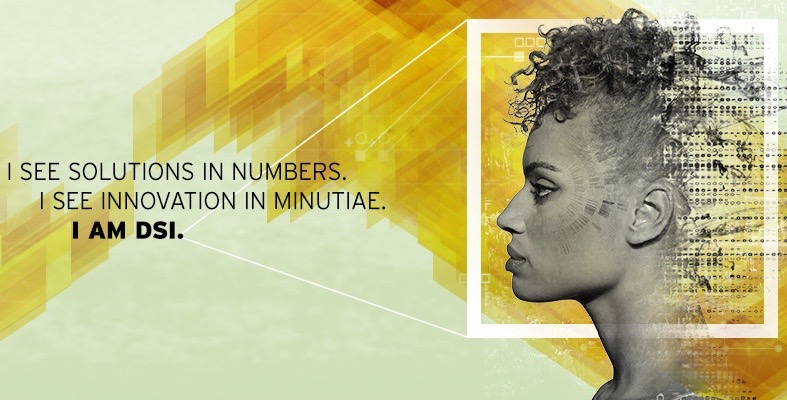Navigating the world’s oceans of data can prove daunting. It is not enough to simply amass and access vast quantities of data; researchers have learned the importance of understanding and using data in purposeful ways.
“Data is, from a data science perspective, seen as a way to understand better the way the world is at a time when there is an increasing amount of technology that collects all kinds of data,” says researcher Jean-Claude Thill. “Much of the modern world is about data. This presents significant challenges, including the need to protect people’s data. But, it also presents opportunities.”
To make the most of these opportunities, the College of Liberal Arts & Sciences earlier this year joined the UNC Charlotte Data Science Initiative. This university initiative creates education, training and research programs in data science and analytics, integrated with business and industry expertise.
 Thill, who is Director of the Project Mosaic social sciences research initiative, was named DSI Director for the College of Liberal Arts & Sciences. With this agreement, Project Mosaic will deepen its collaboration with the DSI, enhancing the ability of DSI to leverage existing strengths in computational social science research. The agreement will also facilitate partnership with the humanities, natural sciences and mathematics disciplines that are part of the College.
Thill, who is Director of the Project Mosaic social sciences research initiative, was named DSI Director for the College of Liberal Arts & Sciences. With this agreement, Project Mosaic will deepen its collaboration with the DSI, enhancing the ability of DSI to leverage existing strengths in computational social science research. The agreement will also facilitate partnership with the humanities, natural sciences and mathematics disciplines that are part of the College.
The rapid growth of data sets in size, scope, and number brings almost unlimited potential that demands greater insight and collaboration, Thill says.
“We need special approaches of data analytics, data visualization and processing of the data to make sense of what the data is telling us,” he says. “Interpretation of the data is something that researchers in the College of Liberal Arts & Sciences can contribute significantly to the Data Science Initiative.”
In one critical aspect of the DSI, the Partnership for Social Good analyzes historical and real-time data points and uses predictive modeling to identify the factors and issues plaguing communities and to unlock potential solutions to complex social problems.
“There are many social scientists in this college who can bring their domain expertise to data analytics,” Thill says. “They can help by not just collecting the data, but collecting the data for a purpose. The purpose may be to improve and enhance quality of life in a community, or to help with the understanding of job creation, for example.”
In a project Thill is leading, researchers seek to understand the factors leading to Charlotte’s high ranking among cities struggling with human trafficking.
“The project is focused on getting a better handle on the magnitude of the problem in Charlotte, and looking to see how social media is often used for recruitment in sex trafficking,” he says. “The goal is finding out how do individuals use technology to create a coercive environment to these vulnerable populations.”
With other efforts, scholars will consider non-numerical data.
“Consider archived historical documents or pictures,” Thill says. “Pictures have a lot of information and researchers can use data analytics for facial recognition, to track individuals or figure out the shape of buildings and understand the materials that were used. Data analytics could reconstitute the Charlotte of the 19th century or create three-dimensional models of that era based on pictures that exist in the museums or even people’s drawings.”
The College’s collaboration with the other academic and industry partners in the DSI – including Belk College of Business, the College of Health and Human Services and the College of Computing and Informatics – will enrich opportunities for all involved, Thill says.
“The data science perspective is bringing a different view by taking the world as it is,” he says. “Instead of studying from sets and assumptions on how the world is supposed to be, data science looks at how the world is not normal. Data science picks up where statistics leaves off, and the best way to train students in how to observe the flow of information is exposure.”
Words: Alexandra Celender | Illustration: Angette Williams








